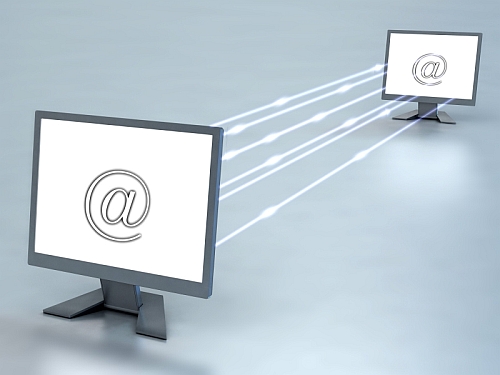Leased Line Speeds – Typical Choices, Minimum Speeds and Maximum Speeds

Leased lines typically have speeds of 1Mbps to 10Gbps.
The most common leased line speed is 2Mbps. However, 10Mbps and 100Mbps are becoming increasingly common.
A faster connection for the same price?
When connectivity prices fall, many IT Managers prefer to increase their leased line speeds for free, rather than take a price cut and stick with the same old connection speed.
So as prices halve many upgrade from 2Mbps to 10Mbps, or from 10Mbps to a 100Mbps circuit.
There are several factors driving the increase in leased line speeds. The internet is becoming ever more video rich, and video resolutions are increasing. Companies are rolling out home-working to key staff, causing VPN traffic levels to increase. And some companies replacing their ISDN circuits with SIP Trunks that run over their leased lines.
Many advantages to a leased line
Leased line speeds are the same in both directions. In other words, you can upload data at the same speed that you can upload it.
Your leased line is dedicated. You don't have to share it with anyone. This means that your connection speed doesn't fall at peak times, as happens with most ADSL connections.
Leased Line speeds are often higher than those of the fastest available ADSL connections. Although ADSL adverts boast of 'Up to 20Mbps' or 'Up to 8Mbps', those speeds aren't available to most companies, as ADSL speeds vary a great deal, depending on how far away you are from the local telephone exchange. The further you are away from it, the lower will be the speeds you can get. Furthermore, those headline speeds are just the download speed. The upstream speed is usually painfully slow, e.g. 800kbps.
In some areas of the country leased lines are delivered using SDSL. This is usually cheap, but often limits the speed of the leased lines to 2Mbps or 4Mbps, as SDSL speeds fall sharply the further you get from your local telephone exchange.
The future: scream if you want to go faster (and cheaper!)
The speed of leased lines is set to increase substantially over the next decade. Many of those green telephone junction boxes that you see in the street are going to get ultra-fast fibre connections. The most visible sign of this will be the jump in speeds offered to consumers, from 'Up to 20Mbps' (average speed: 5.9Mbps) to 'Up to 80Mbps' (average speed 43.6Mbps). However, this massive infrastructure upgrade will also enable many businesses to get faster leased line speeds without having to pay more.
Britain's largest cable network has begun doubling the speeds it offers to most consumers. The backhaul upgrades necessary to support that will help drive down the cost of providing fast leased lines to businesses.







